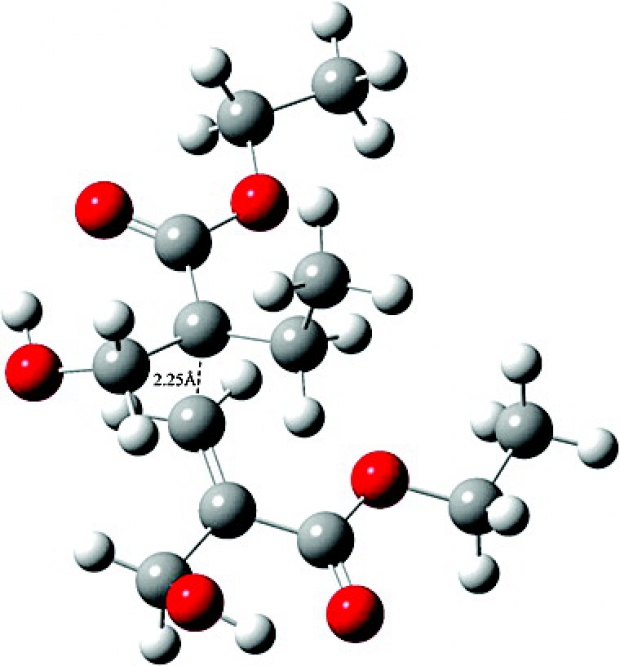Combined Electron Magnetic Resonance and Density Functional Theory Study of 10 K X-Irradiated β-d-Fructose Single Crystals
Abstract
Primary free radical formations in fructose single crystals X-irradiated at 10 K were investigated at the same temperature using X-band Electron Paramagnetic Resonance (EPR), Electron Nuclear Double Resonance (ENDOR) and ENDOR induced EPR (EIE) techniques. ENDOR angular variations in the three principal crystallographic planes and a fourth skewed plane allowed the unambiguous determination of five proton hyperfine coupling tensors. From the EIE studies, these hyperfine interactions were assigned to three different radicals, labeled T1, T1* and T2. For the T1 and T1* radicals, the close similarity in hyperfine coupling tensors suggests that they are due to the same type of radical stabilized in two slightly different geometrical conformations. Periodic density functional theory calculations were used to aid the identification of the structure of the radiation-induced radicals. For the T1/T1* radicals a C3 centered hydroxyalkyl radical model formed by a net H abstraction is proposed. The T2 radical is proposed to be a C5 centered hydroxyalkyl radical, formed by a net hydrogen abstraction. For both radicals, a very good agreement between calculated and experimental hyperfine coupling tensors was obtained.

 Open Access version available at
Open Access version available at 